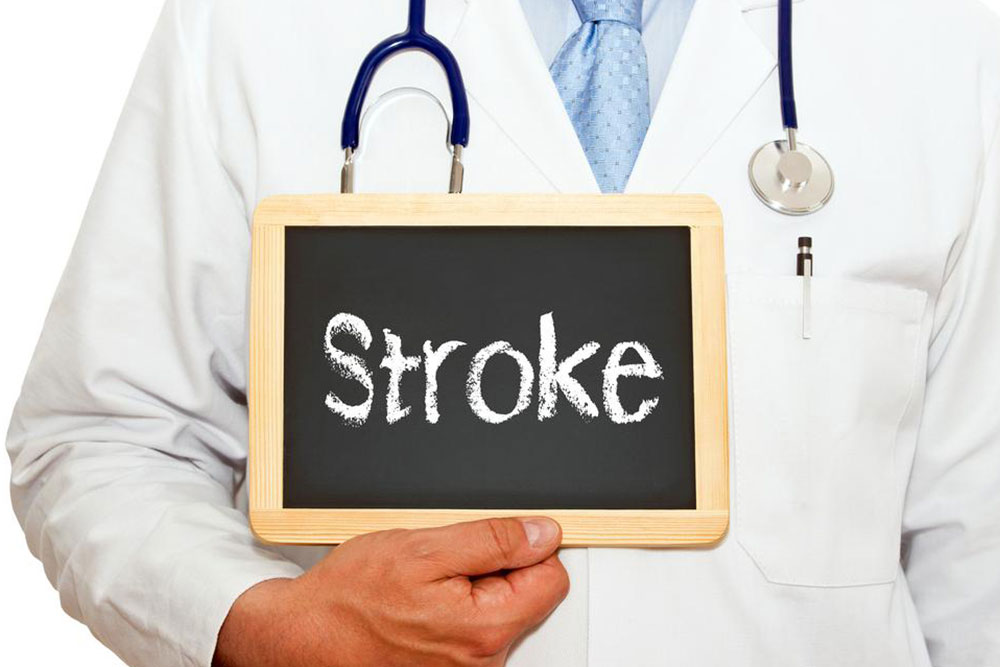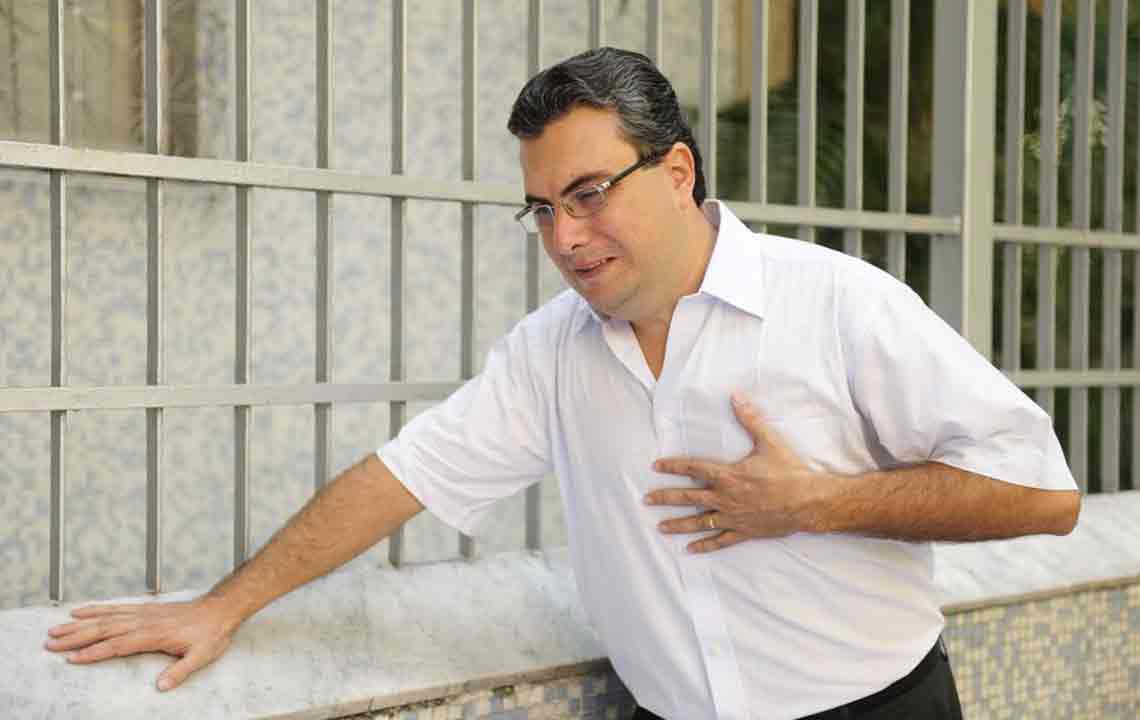Early Warning Signs of Stroke You Should Know
Learn to recognize the early signs of stroke with the F.A.S.T. and B.E.F.A.S.T. methods. Quick identification of symptoms like face drooping, arm weakness, speech difficulty, and balance issues can save lives. This article covers warning signs, diagnostic procedures, risk factors such as high blood pressure and cholesterol, and effective prevention strategies. Immediate action and lifestyle changes can significantly reduce the risk of a severe stroke, making awareness vital for everyone’s health.

Early Indicators of Stroke: What to Watch For
Understanding how to spot the first signs of a stroke can save lives. Stroke remains a leading cause of death and disability worldwide. Recognizing symptoms early allows for prompt treatment, potentially avoiding severe outcomes. Often, a brief warning sign called a TIA (Transient Ischemic Attack) occurs beforehand, caused by temporary blood flow interruption in the brain.
Typically, a TIA lasts less than five minutes, with full recovery afterward. Despite its transient nature, immediate medical attention is essential to identify and treat the underlying cause, preventing a major stroke.
Common early signs include facial drooping, weakness in limbs, slurred speech, and loss of coordination. The F.A.S.T. acronym helps recall these symptoms:
F – Face: one side of the face droops, or the smile is uneven.
A – Arms: weakness or numbness in one arm when lifted.
S – Speech: difficulty speaking or slurred words.
T – Time: call emergency services immediately if these signs appear.
Additional symptoms can include balance issues and vision problems, summarized in the B.E.F.A.S.T. guide. Recognizing these signs and acting swiftly can prevent severe consequences. Prompt diagnosis and treatment are crucial, especially since TIAs can precede full strokes.
Medical tests like CT scans, MRI, ultrasound, ECG, and X-rays help confirm a TIA or stroke and identify causes such as artery blockages or cardiac issues. Managing risk factors like high blood pressure, cholesterol, diabetes, obesity, and smoking reduces stroke likelihood. Lifestyle modifications and medications are key prevention strategies. Early detection and quick response are essential to avoid irreversible damage and improve survival rates.
To minimize stroke risk, maintain a healthy lifestyle—control blood pressure, reduce stress, cut sodium intake, and address other health conditions. Recognize the signs early with F.A.S.T. and act fast to protect yourself from severe stroke outcomes.









